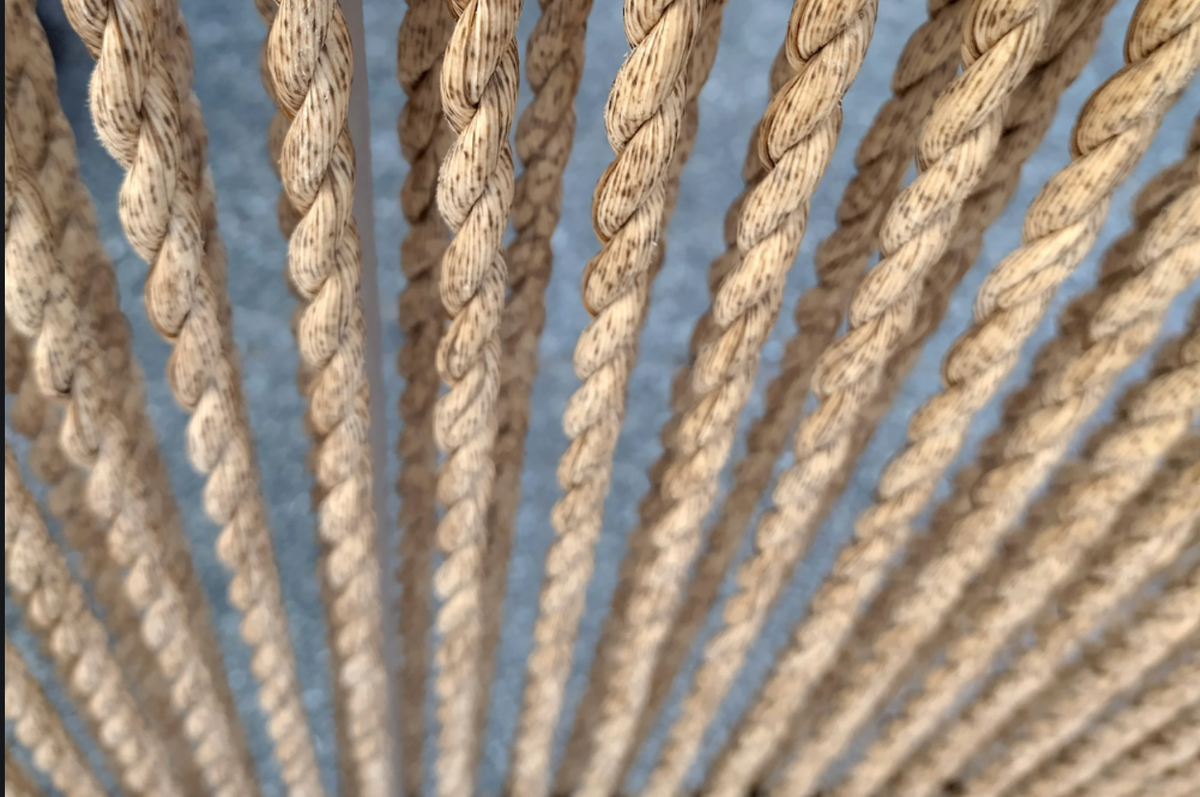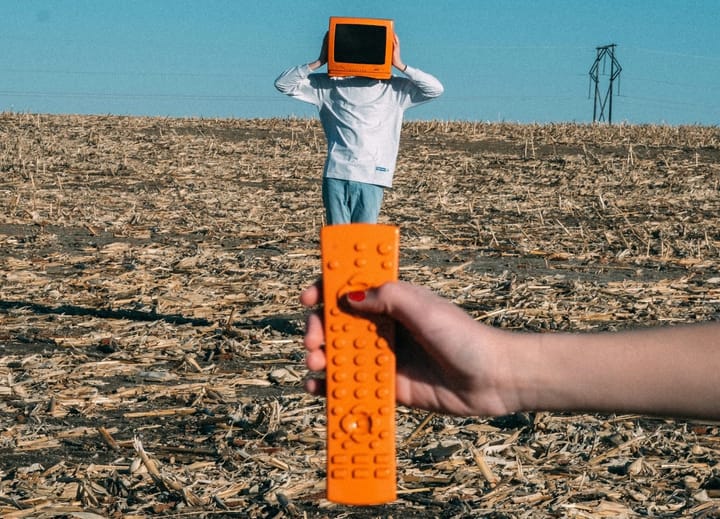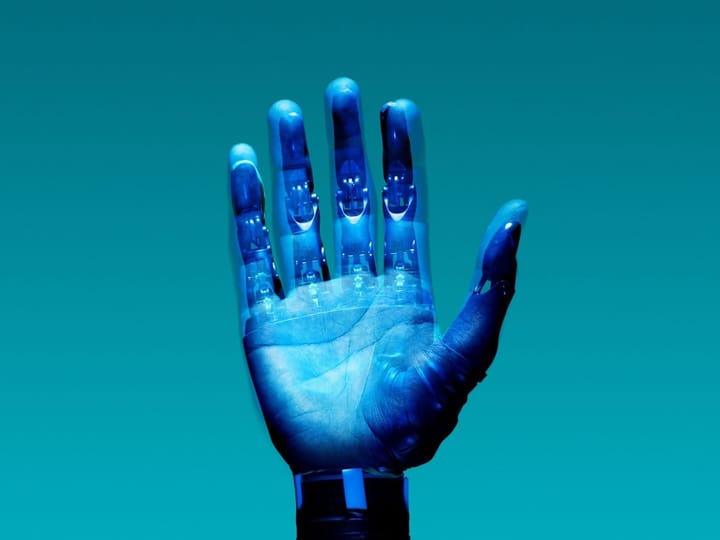Beyond single solutions: The future is multimodal

Neurotechnology is evolving rapidly. Now, moving beyond the experimental stage in the lab, to offer advanced devices in real-life solutions for neurological and psychiatric disorders.
Recent innovations are making it possible to treat conditions like Parkinson's disease, epilepsy, spinal cord injuries, and depression more effectively through techniques that apply electrical stimulation and magnetic fields to specific brain areas.
Techniques such as deep brain stimulation and transcranial magnetic stimulation have already transitioned from research settings into clinical use, providing new hope for patients.
However, as we learn more about the nervous system's complexity, it becomes clear that relying on a single method of treatment may not be enough. The nervous system operates through a combination of electrical signals, chemical interactions, and light-sensitive proteins.
This realization has sparked interest in a new approach called multimodal neuromodulation, which combines different types of therapies to better target brain disorders.
By using multiple modalities, such as combining electrical stimulation with ultrasound or light, researchers aim to increase the precision and effectiveness of treatments.
This integration allows for more targeted and more potent stimulation of specific brain circuits to control neural activity.
The potential for noninvasive treatments is also a significant advantage, as techniques like focused ultrasound may provide similar benefits to invasive methods without the associated risks.
However, the path forward for multimodal neuromodulation is not without challenges. It still demands significant advancements in technology and a comprehensive understanding of how these diverse modalities interact with the brain to ensure both efficiency and just as important safety for the patients.
As scientists and engineers continue to push boundaries, the potential for new, more effective treatments for neurological conditions grows ever more promising.
About the scientific paper:
First author: Silvestro Micera, Spain
Published: PLOS biology. October 2024.
Link to paper: https://journals.plos.org/plosbiology/article?id=10.1371/journal.pbio.3002885




Comments ()